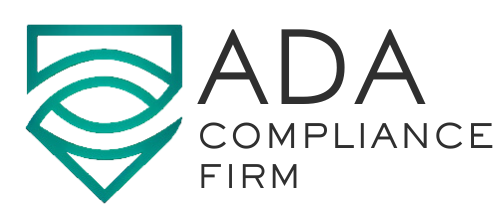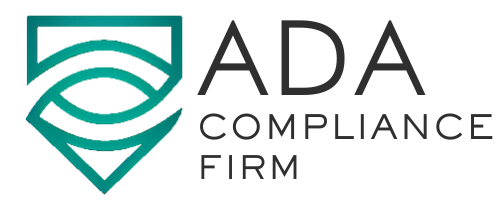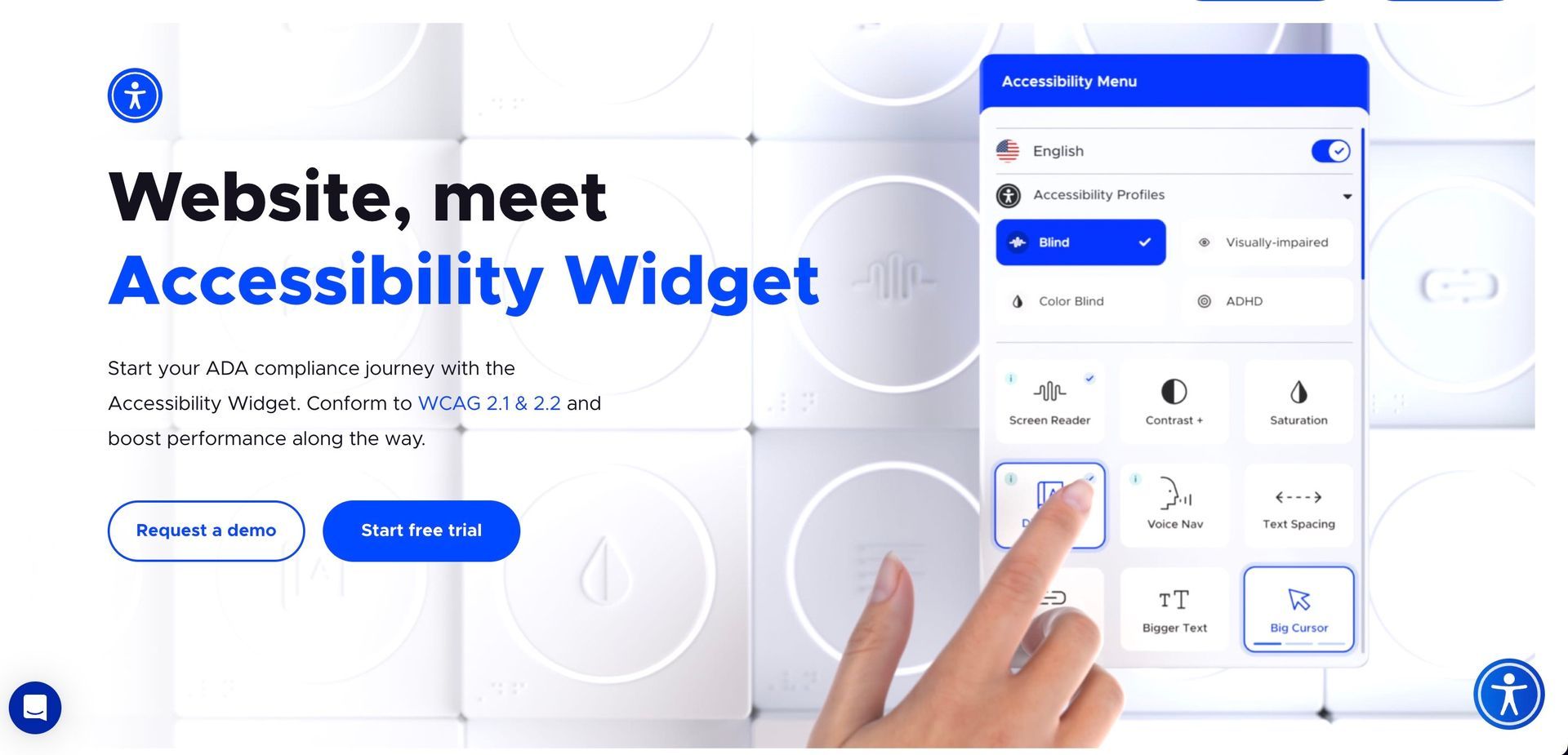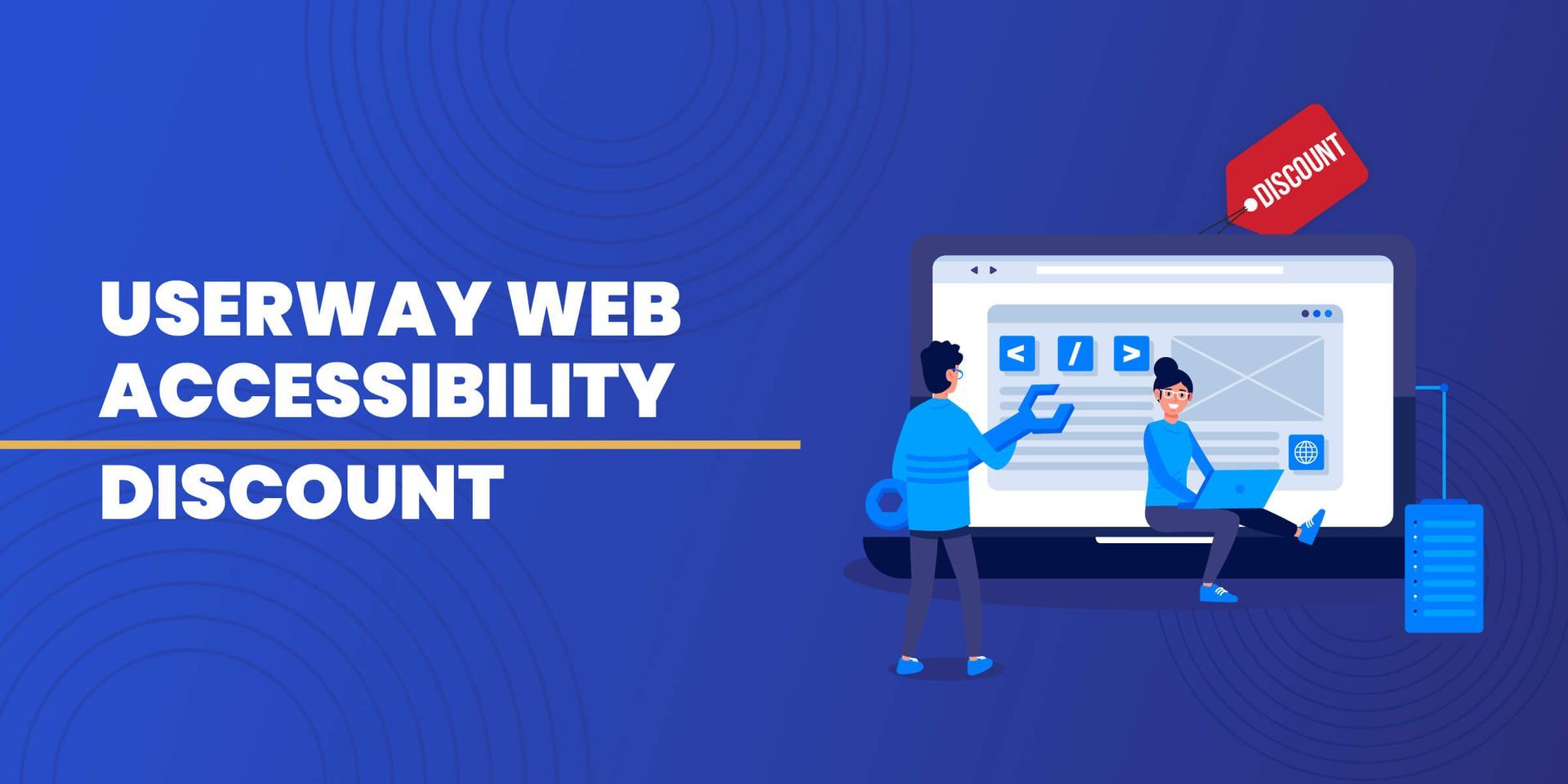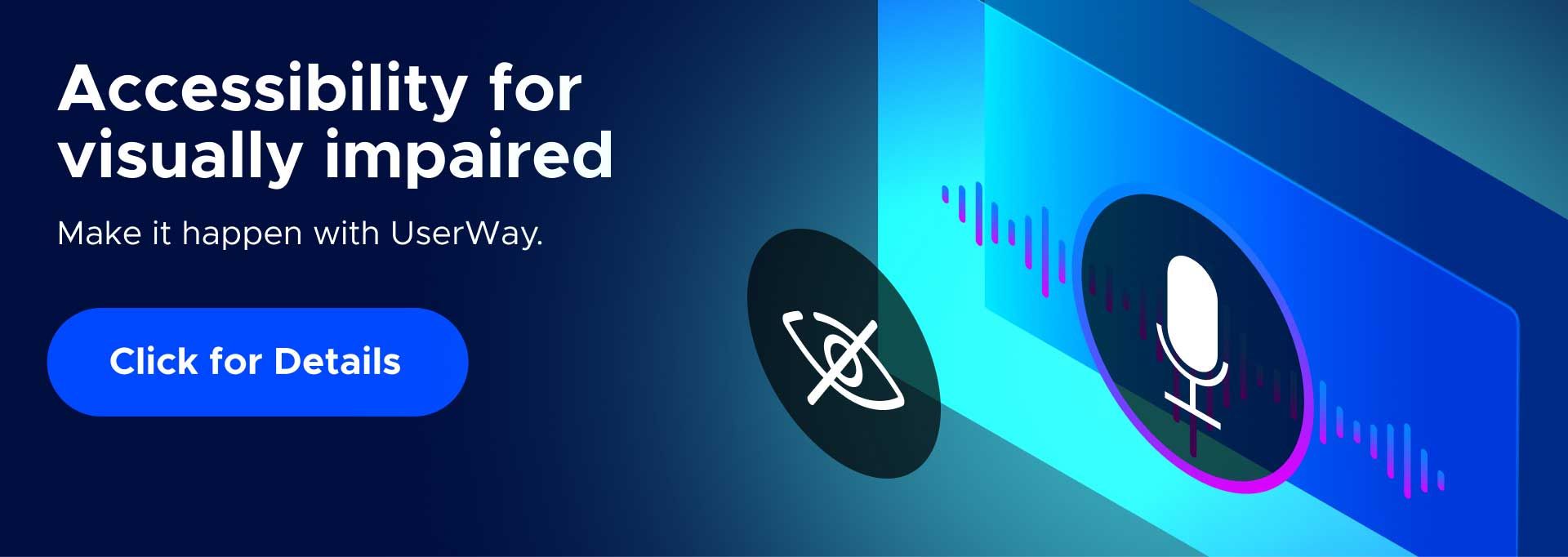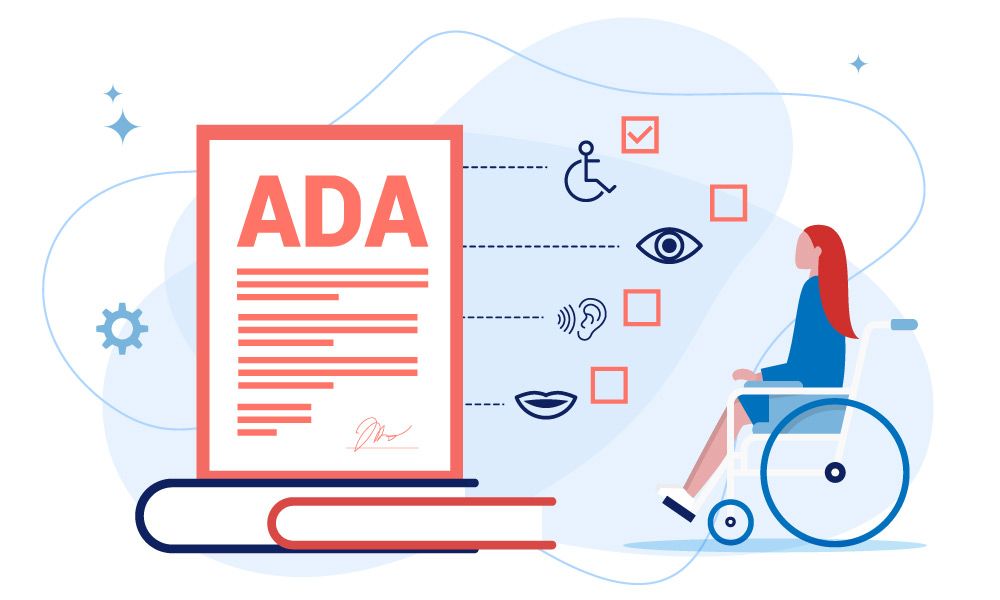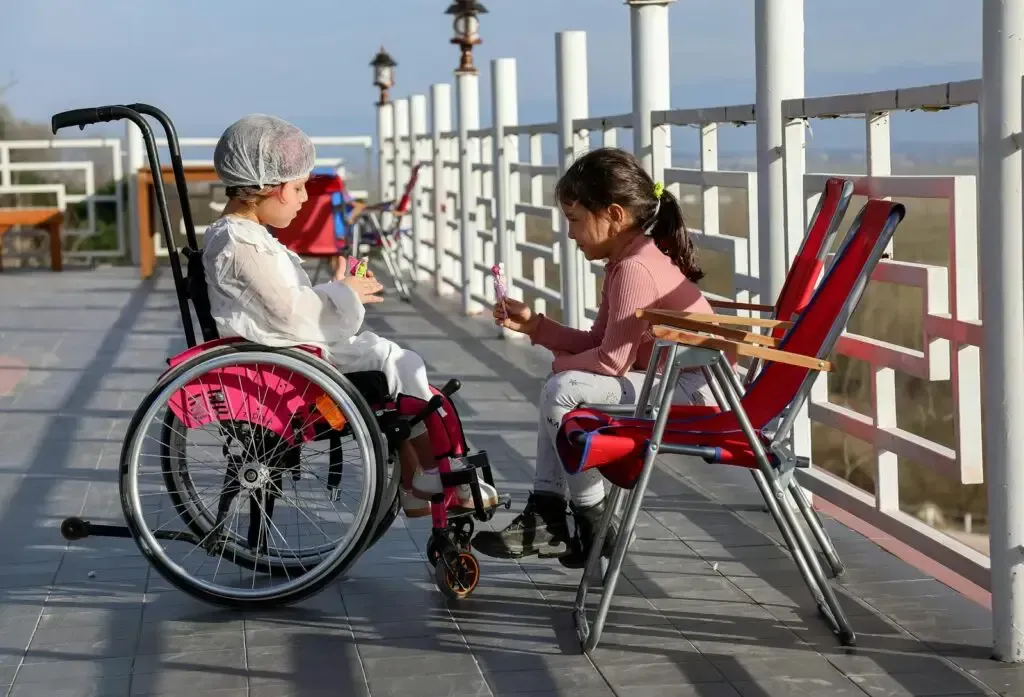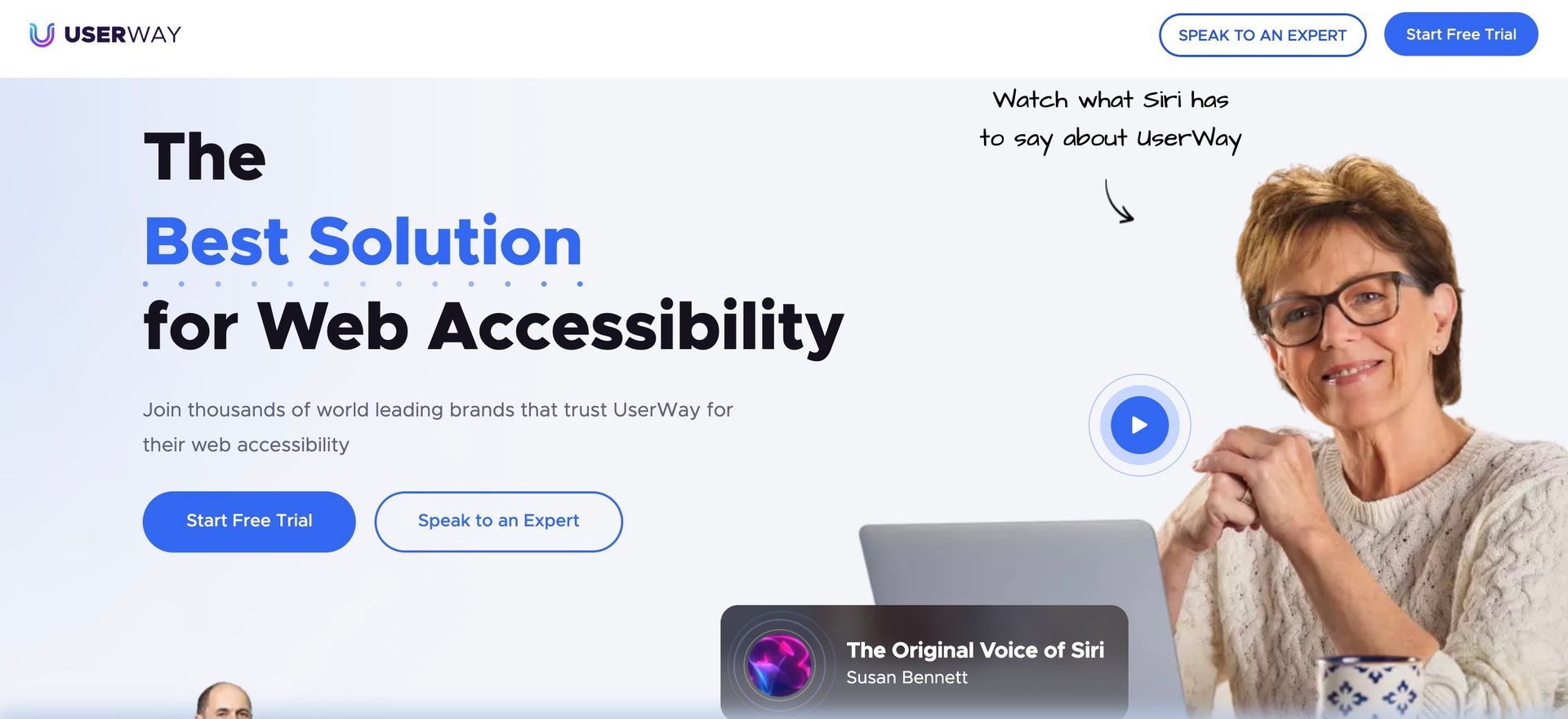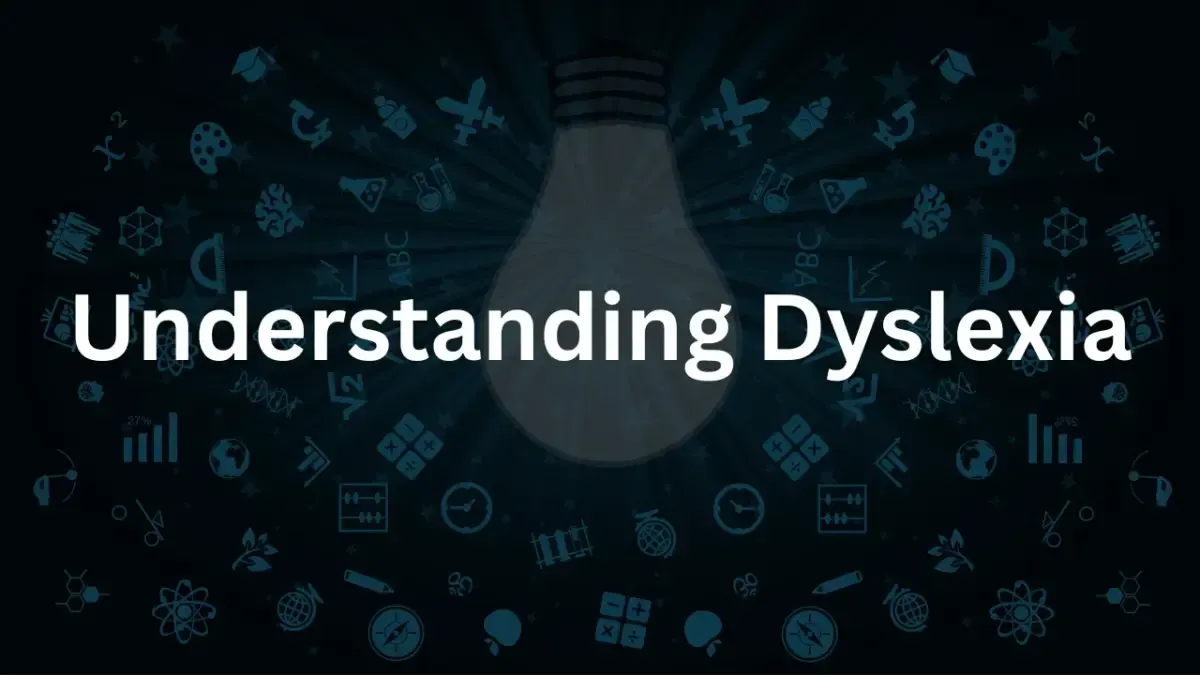Dyslexia in Schools: Understanding and Teaching Students with Dyslexia
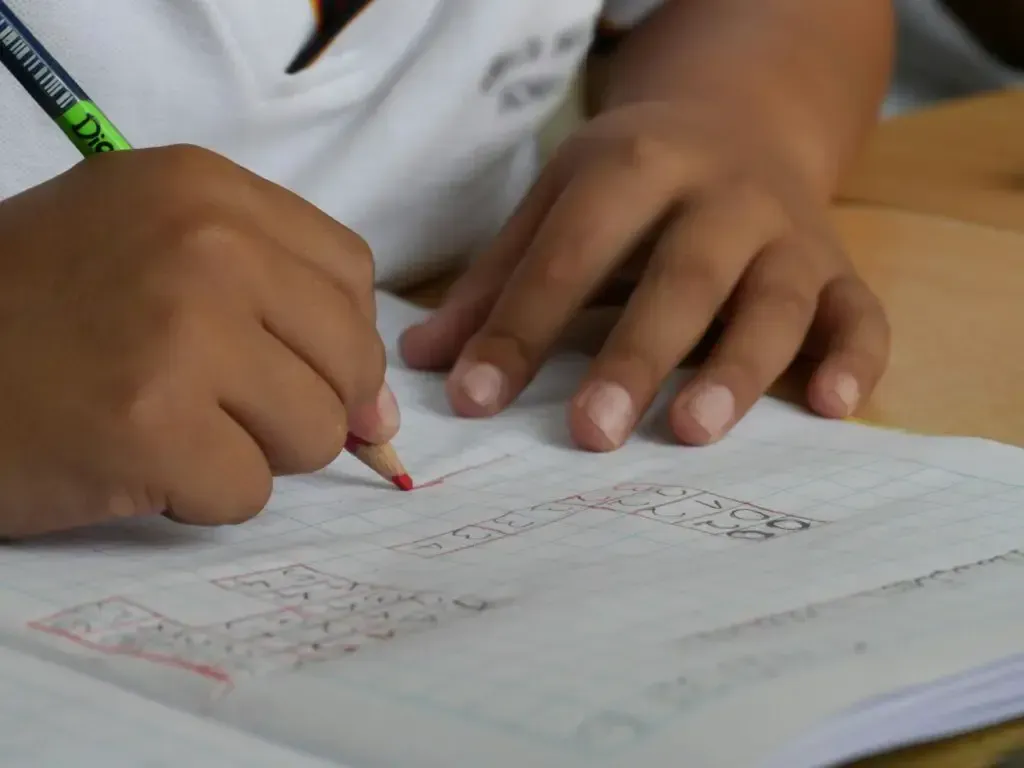
Unlocking every child’s potential is at the heart of education. But, when we peer beyond standardized tests and traditional teaching methods, we find many minds, each wired uniquely. Among them are the dyslexic students whose journey through education can be a labyrinth of challenges. This comprehensive guide will delve into the rich tapestry of recognizing, understanding, and championing students with dyslexia in our schools.
The Prevalence of Dyslexia and Debunking Myths
Dyslexia is not a rare anomaly. It is, in fact, a shared learning difference, affecting approximately one in ten individuals. Contrary to the widely-held misconception that dyslexia is simply about reading words backward, it’s a complex neurological condition. Challenges in phonological processing, fluency, and comprehension are hallmarks of dyslexia that can broadly spill over into written language and academic skills.
Understanding the Neurological Underpinnings
Recent neuroimaging research has advanced our understanding of dyslexia, revealing brain structure and function differences. These differences affect how the brain processes language, leading to the characteristic reading and writing difficulties associated with the condition.
The Harm of Misconceptions
The myths surrounding dyslexia can be deeply harmful, fueling misunderstanding and low expectations. By debunking these myths, we can pave the way for schools and families to provide the appropriate support and resources that dyslexic learners need to flourish.
Recognizing Dyslexia Early
Early intervention is critical in the journey of a dyslexic student. When dyslexia is recognized and addressed promptly, children can benefit from specialized instruction and intervention programs that significantly enhance their literacy skills.
Screening and Assessment
Formal screening tools offer a structured method to identify students at risk for dyslexia. Rigorous and evidence-based assessments can then provide a formal diagnosis, guiding the development of tailored educational plans.
Collaboration Among Stakeholders
Teachers, parents, and educational professionals must work together to recognize the signs of dyslexia and plan intervention strategies. Timely identification enhances the chances of positive outcomes for dyslexic learners.
The Vital Role of Accommodations and the Law
The legal landscape is a crucial scaffold on which the education of students with dyslexia is built. The Individuals with Disabilities Education Act (IDEA) and Section 504 of the Rehabilitation Act of 1973 provide a framework of rights and accommodations for students with learning disabilities, including dyslexia.
Legal Protections for Students
These laws ensure that students with dyslexia have the right to a free appropriate public education (FAPE) in the least restrictive environment. Schools must provide accommodations and modifications to support these students’ learning and success.
Fostering a Supportive Environment
Creating an environment where dyslexic students feel supported and understood is as critical as the accommodations themselves. Emotional and social support go hand in hand with academic accommodations to ensure a positive educational experience.
The Intersection of Science and Teaching
Effective teaching strategies for dyslexia draw from the rich insights of cognitive science. Structured literacy, multisensory teaching, and explicit instruction are just a few components of a robust educational approach that has been shown to benefit dyslexic learners.
Structured Literacy
Structured literacy programs teach language clues systematically, covering all the English language’s phonological, syntactic, and semantic constituencies. These programs provide a strong foundation in reading and writing skills by explicitly teaching the connections between sounds and letters.
Multisensory Approaches
Combining visual, auditory, and kinesthetic-tactile pathways during instruction reinforces learning and can be particularly effective for students with dyslexia. Such multisensory approaches ensure no child is left behind, catering to diverse learning styles and needs.
Technology as an Ally in Dyslexia Education
The digital age has ushered in many tools and technologies that can serve as a boon to dyslexic students. From assistive software to e-readers and text-to-speech apps, technology is breaking down the barriers to learning and enabling greater independence.
Assistive and Adaptive Technologies
Assistive technologies assist students in completing tasks that might be challenging due to dyslexia, such as typing, reading, and organization. Adaptive technologies change how information is presented, catering to individualized learning needs.
The Impact on Engagement and Motivation
By making learning more accessible and less arduous, technology can increase engagement and motivation among dyslexic students. When skillfully integrated into the curriculum, technology can transform the learning experience and unlock potential.
Creating an Inclusive Educational Space
An inclusive educational space embraces the uniqueness of every learner, including those with dyslexia. It requires an intentional approach that values diversity and equity, fostering an environment where all students can thrive.
Beliefs and Attitudes
Building an inclusive school community begins with its members’ beliefs and attitudes. Educators and students must champion a growth mindset, where effort and effective strategies are viewed as the keys to success rather than fixed abilities.
Universal Design for Learning
Universal Design for Learning (UDL) principles provide a blueprint for creating accessible, engaging, and effective educational environments. By offering multiple means of representation, expression, and engagement, UDL ensures that every student can access the curriculum.
Harnessing Community Resources
Schools do not exist in isolation. The support and resources available within the broader community can significantly enhance the educational experience of students with dyslexia. Community organizations, tutoring services, and job training programs all support these students on their educational path.
Support Networks and Advocacy
Finding and engaging with community support networks can be a source of strength for families with dyslexic children. These networks provide a platform for advocacy, the exchange of resources, a sense of belonging, and a shared experience.
Leveraging Community Partnerships
Schools can benefit from partnerships with local businesses, nonprofits, and government agencies to provide work-based learning opportunities, specialized tutoring, and resources for parents. Collaborative efforts that bridge the gap between the school and the community can yield powerful results for the dyslexic student.
A Future of Opportunities for Dyslexic Learners
Despite the challenges, the future is bright for students with dyslexia. There is a growing awareness of the condition among educators, parents, and the public. With this awareness comes an increasing toolkit of practical strategies, accommodations, and technologies that can support the learning and success of dyslexic students.
Pathways to Success
Dyslexic students can excel not only in their educational journeys but also in their careers and personal lives. With the proper support, they can become creative thinkers, problem-solvers, and leaders contributing to a diverse and vibrant society.
The Continuous Path of Learning and Adaptation
As our understanding of dyslexia evolves, so too must our educational practices. Continuous professional development and a commitment to research and innovation are essential in ensuring that we are equipping our schools with the tools and skills to meet the needs of dyslexic learners.
In the end, our capacity to recognize, understand, and teach dyslexic students defines not only their educational experience but also the heart and soul of our education system. As we strive for inclusivity and excellence, let us champion the value and potential of every learner, regardless of their reading journey.
Conclusion
Dyslexia is a unique learning difference that requires recognizing and meeting individual needs. We can empower dyslexic students by implementing proven strategies, utilizing technology, fostering collaboration, and creating inclusive environments. Embracing diversity and inclusive education leads to a brighter future for all learners. Let’s continue to champion inclusivity and positively impact the lives of students with dyslexia.
Frequently Asked Questions
Can people with dyslexia do well academically?
Absolutely. With the proper support and resources, individuals with dyslexia can achieve academic success. Tailored teaching methods, structured literacy programs, and assistive technologies can empower them to excel in their studies.
How does dyslexia affect learning?
Dyslexia primarily affects language-based learning, making reading, writing, and spelling difficult. However, it can also impact memory, organization, and time management. Multisensory teaching approaches can mitigate these challenges.
What is the educational approach for dyslexia?
The educational approach for dyslexia involves using explicit, systematic instruction that is multisensory and phonics-based, often referred to as structured literacy. It emphasizes the connections between sounds and letters and employs various techniques to engage visual, auditory, and kinesthetic learners.
How does dyslexia affect academic performance?
Dyslexia can make traditional academic tasks more time-consuming and complex, leading to challenges with reading comprehension, note-taking, and testing. However, with accommodations such as extra time on tests, note-taking assistance, and alternative assessment forms, students with dyslexia can perform at or above grade level.
Join our newsletter
Recent Blog Posts
